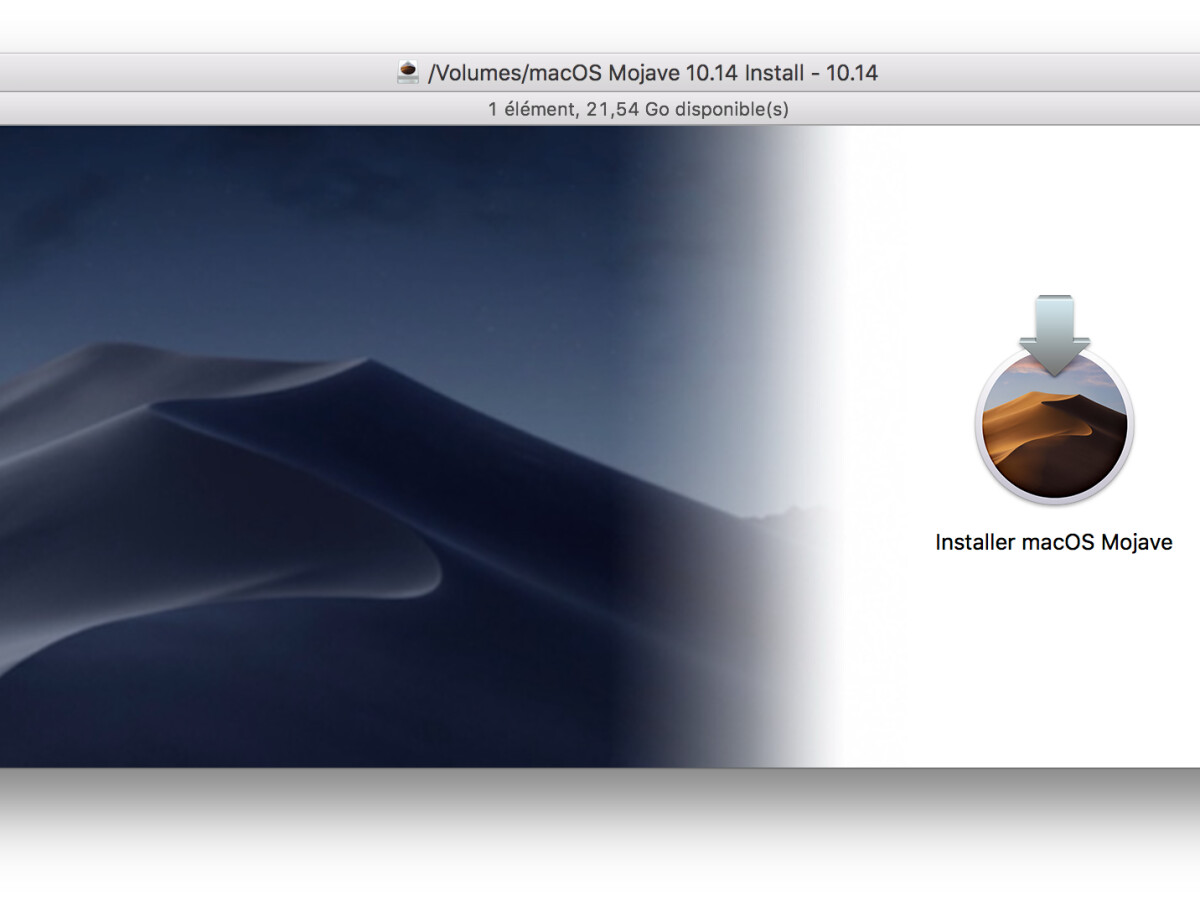

- #Diskmaker x big sur download how to
- #Diskmaker x big sur download mac os
- #Diskmaker x big sur download install
- #Diskmaker x big sur download upgrade
You will need to use the “createinstallmedia” command.
#Diskmaker x big sur download mac os

You may receive this error message if you do not have the installer for the applicable macOS version downloaded on your system. sudo: /Applications/Install macOS Monterey.app/Contents/Resources/createinstallmedia: command not foundĭownload the installer from the App Store.You may sometimes run into a command line error message saying “command not found” in Terminal while trying to follow the steps necessary to create a bootable installer of the Mac operating system, macOS X El Capitan, Yosemite, Mavericks, Sierra, High Sierra, Mojave, Catalina, Big Sur and Monterey.įor example, you may receive this message: Updated November 2020: Updated for macOS Big.You may want to create a bootable installer drive for macOS.
#Diskmaker x big sur download how to
You'll be happy you did! Questions?ĭo you have any questions about how to create a bootable drive for the macOS Big Sur installer? Let us know in the comments. If you're in the market for a new computer, be sure to check out our list of the current Macs.
#Diskmaker x big sur download install
Turn off the Mac you want to install macOS Big Sur with the bootable installer drive.If you're upgrading to macOS Big Sur, follow the steps below. If you're downgrading from macOS Big Sur, please check out this guide instead.
#Diskmaker x big sur download upgrade
You can use this installer to upgrade your operating system easily on multiple Macs or to help downgrade if you decide you want to go back to an earlier version of macOS. Once macOS Big Sur is installed on your external drive, you can install it on any Mac with the drive plugged into it. How to install macOS Big Sur with a bootable installer drive When it is done, the Terminal window will report "Done." Your external hard drive will now be named "Install macOS Big Sur." Safely eject the drive from your Mac.

The process could take a very long time, depending on the drive. No text will appear in Terminal when you enter the password. This is the password you use to make changes on your Mac or log in. Enter your administrator account password.Names are case sensitive and shouldn't have space.):sudo /Applications/Install\ macOS\ Big\ Sur.app/Contents/Resources/createinstallmedia -volume /Volumes/MyVolume Enter the following text into Terminal ( Don't forget to change the name "MyVolume" in the text below to the actual name of your external drive.The name of the drive can't have any spaces, and it is case sensitive. If it is not named "MyVolume," you will need to change the command syntax for the pathname where it says: Volumes/MyVolume. Recall the name of your formatted external drive when entering the following text into Terminal.Make a bootable copy of Catalina showing the steps for Opening Terminal on Mac (Image credit: iMore)


 0 kommentar(er)
0 kommentar(er)
